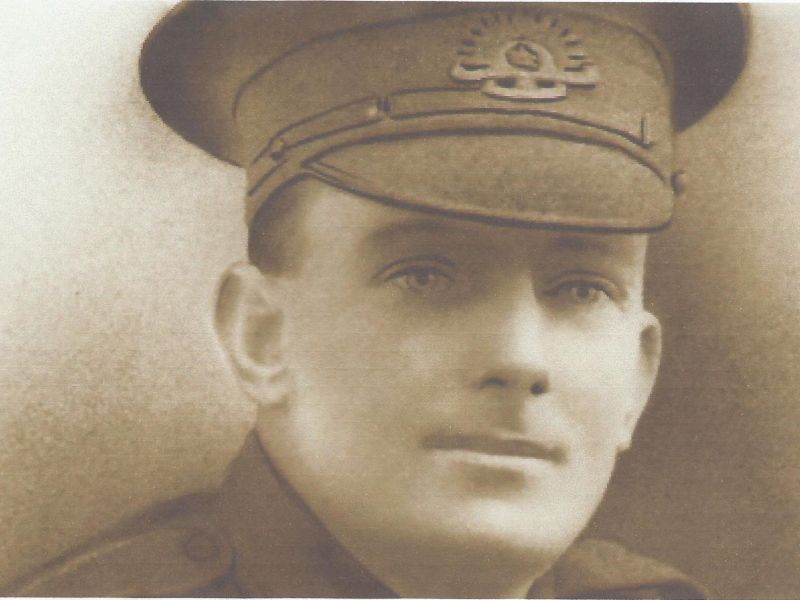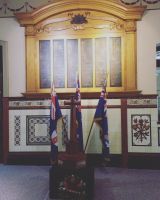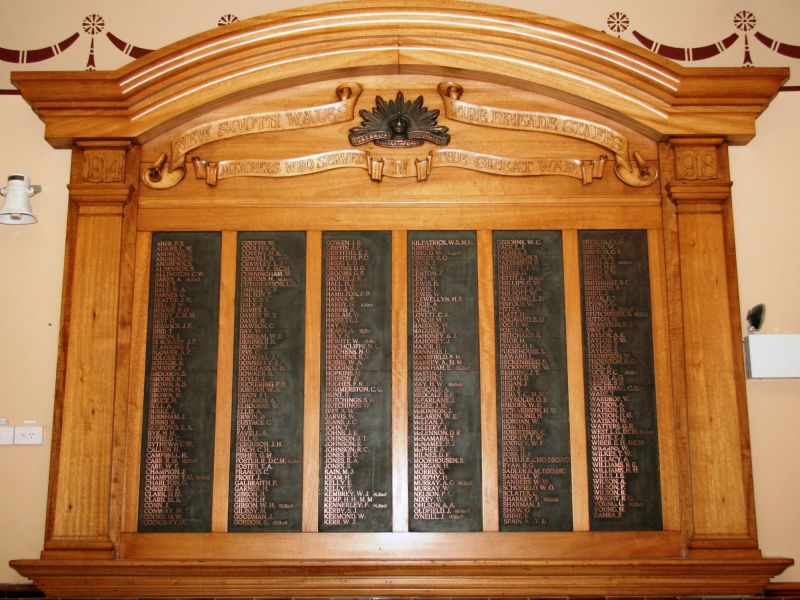5407 Private John Stuntz
John Stuntz was born on the 27th June 1885, at Marrickville, NSW. When he joined the NSW Fire Brigades on the 22nd January 1912, his stated occupation was that of athlete.
This was no understatement.
Stuntz was one of Australian Rugby League’s founding players. In 1908, playing in the opening game of club rugby league in Australia, he scored four tries for the Eastern Suburbs. In 1909, he represented Australia against a NZ Maori team, a game granted full test status in 2004 by the Australian Rugby League. He also represented NSW and signed up with the English team Warrington Wolves for the 1909-10 season, for a substantial sum of money. On his return to Australia he played seasons with South Sydney and Western Suburbs.
In 1914, John Stuntz was granted Life Membership of the NSW Rugby League.
Having joined NSWFB in 1912, Stuntz served at No 1 Station, Headquarters and No 21 Station, Kogarah, attaining the rank of First Class Fireman, prior to resigning on the 10th of March 1916, having enlisted for Active Service, on the 3rd March 1916.
Stuntz stated on his enlistment papers that he had previously served one year with the Royal Australian Garrison Artillery.
5407 Private John Stuntz, embarked at Sydney, with the 14th Reinforcements, of the 17th Infantry Battalion, on the A18 “Wiltshire on the 22nd August 1916 and disembarked at Plymouth on the 13th of October 1916.
After training and familiarisation training, Stuntz, joined “C” Company, 17th Battalion in France on the 21st of April 1917.
At 03:40hrs on the 3rd May 1917, the 17th Battalion was in position, in the trenches and on the tape line, prepared to commence an attack on the Hindenburg Line. This particular battle would be called Second Bullecourt, a battle which would cost 7,482 casualties from three Australian Divisions.
The attack commenced at 03:45hrs, with the Australians advancing into heavy artillery shelling and machine gun fire. When the 17th was relieved by the 10th Battalion AIF at 04:30hrs on the 6th May, the 17th’s casualties were 11 Officers and 286 other ranks. John Stuntz was one of the “other ranks”.
Between 08:00 and 11:00hrs, on the 3rd, Stuntz was seen lying dead near the German wire. As the Australians had to retire later in the day due to a determined German counter attack, Stuntz’s body was never recovered for burial.
John Stuntz was killed early on during the first assault that he participated in. As he has no known grave, he is commemorated on the Australian National Memorial, Villers-Bretonneux.
For his WWI service, 5407 Pte John Stuntz received the British War Medal and the Victory Medal.

 NSW Fire Brigades - Contributor Ian Grimwood AFSM
NSW Fire Brigades - Contributor Ian Grimwood AFSM